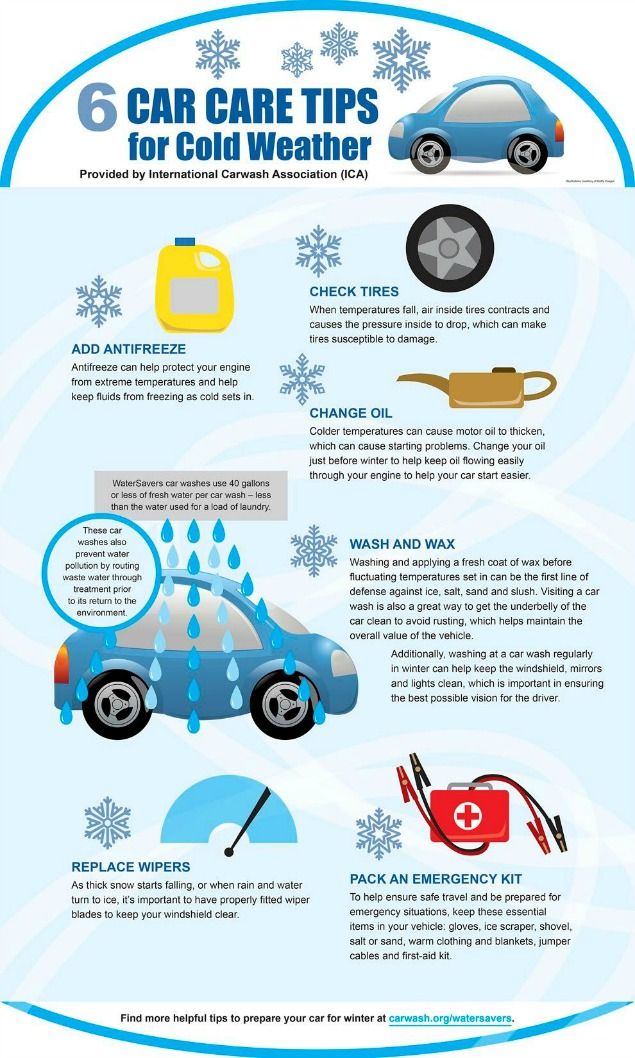If you wonder whether your “all-season” tires perform just as well in snow as the best snow tires, we have the answer. They don’t, and it’s really not even close. Most snow tires, or “winter tires” as they are sometimes known, outperform all-season tires in snow, rain and even on ice. Here is a look at the benefits of snow tires, the technology that makes them work, and some of the pros and cons of putting them on your vehicle.
Silvio Verrecchia / EyeEm
On This Page
Thanks to a couple of advances in tire technology, winter tires perform much better than the traditional “snow” tires you may remember (if you’re old enough). They work better in snow, ice, slush and mud and on cold, dry pavement. The rubber compounds are entirely new. Most manufacturers now use rubber compounds that include silica, and some spruce up the formula even formula with traction bits and hollow “cells” that squeegee and suction water off the road. Tread designs are also far more aggressive to provide better acceleration and shorter stopping distances. Winter tires have more sipes (cuts in the tread) than all-season tires so that they can squeegee more water off the road. Saw-tooth sipes provide more surface area and cut into snow and slush better than straight sipes. The “micro pump” holes in the tread act like plungers to suck water off the road and then spit it out as the tire rolls.
All-season rubber compounds literally skate on ice. But winter tires are made with softer rubber compounds and added silica to give them more flexibility and grip on ice. And the special tread removes more water from the ice. The test results show that winter tires outperform all-season tires on ice, too.
Tirerack.com used an indoor ice rink and timed the acceleration from a dead stop and measured stopping distances from 10 mph (Figure B). Winter tires accelerated faster. When taking a 90-degree turn at 10 mph, the car with winter tires stayed within the marked driving lane, while the car with all-season tires skidded out. That kind of cornering performance can mean the difference between avoiding an accident and causing one.
digi_guru/Getty Images
A set of four winter tires costs $600 or more, depending on your wheel size. If you have the tires mounted on your existing wheels, you’ll have to pay a shop to swap them each spring and fall. Most shops charge about $18 apiece to demount your all-season tires, mount the winter tires, balance and install them. However, if you buy an extra set of wheels and tire pressure sensors ($480 per set), you’ll save at least $50 on each changeover. Don’t think you can skip the tire pressure sensors—the shop can’t legally install wheels without tire pressure sensors if your vehicle was already equipped with them.
Sure, winter tires cost a lot. But keep in mind that you’re getting a lot for your money. When you factor in the better stopping distance and handling in turns, it’s easy to see how winter tires could prevent an “at-fault” accident. If your collision deductible is in the $500 to $1,000 range, winter tires could actually pay for themselves in a single season if they keep you out of an accident.
Here’s another way to analyze the costs. Winter tires last about five years or 35,000 miles. Those are miles you won’t be putting on your all-season tires. So if buy a full set of new wheels, the true cost of winter tires comes out to about $150 per year for the first five years. Then if you buy a second set for those same wheels, the cost drops to just $65 per year. It’s worth the relatively small annual cost involved to get the extra stopping power and better handling that can help you avoid an accident.
Tire manufacturers make multiple winter tire models for specific winter conditions. So get expert advice from your local tire dealer to match the tire to your vehicle, your climate and your driving habits.
So get expert advice from your local tire dealer to match the tire to your vehicle, your climate and your driving habits.
Mounting winter tires on the second set of wheels saves money over swapping tires on a single set of wheels. But you can save even more if you negotiate a package deal with the tire shop. Get a price for the tires, wheels, sensors and free seasonal mounting. If your shop offers a “Tire Hotel” service to store your off-season tires, ask them to throw that into the package as well. That way you won’t have to haul the off-season tires back and forth or store them in your garage.
Up next, check out if snow chains are worth it for the Winter season and learn more about the ideal tire pressure in Winter.
Many vehicles are fitted with all season tires when they leave the factory. Since they are built to provide a relatively quiet ride, good tread life and year-round performance, its no wonder why they are so popular. All season tires offer versatile performance and are designed to perform in a variety of conditions including wet roads and light winter driving. All season tires are designed to offer a combination of benefits from summer and winter tires.
All season tires offer versatile performance and are designed to perform in a variety of conditions including wet roads and light winter driving. All season tires are designed to offer a combination of benefits from summer and winter tires.
In order to provide good performance in a variety of driving conditions, all-season tires inevitably have to compromise some max summer and winter performance capabilities.That means all-season tires won’t provide the same amount of extreme grip and sharp handling of a summer tire. Likewise, an all-season tire is not designed to handle extreme winter conditions like trekking through snow or driving on ice. Think of all-season tires like tennis shoes. You can wear tennis shoes all year, but they aren’t ideal for all situations. It’d be much better to have flip flops on the beach in the summer and boots for the snow.
All-season tire technology offers great year-round performance for drivers who live in moderate climates and do not frequently encounter extreme cold, ice, and snow in the winter months.
When it comes to driving in winter weather, having the right tire matters. From heavy snowfall to black ice, winter roads are extremely unpredictable. These conditions challenge tires to provide traction like no other season of the year. The combination of cold temperatures, ice, and snow can be best met by winter tires, which are specially designed to perform in winter conditions.
When it comes to driving in winter weather, having the right tire matters. From heavy snowfall to black ice, winter roads are extremely unpredictable. These conditions challenge tires to provide traction like no other season of the year. The combination of cold temperatures, ice, and snow can be best met by winter tires, which are specially designed to perform in winter conditions.
There are specific features of winter tires that make them unique: tread rubber, tread depth and patterns, and biting edges.
The Tread Rubber - In extreme cold temperatures, the tread rubber of an all season or summer tire stiffens and becomes less able to provide sufficient traction. To combat this, tread rubber compounds of winter tires are designed to remain flexible, allowing the tire to grip the road better.
The Tread Depth and Patterns - A unique feature of winter tires is deeper tread depths and unique tread patterns. Deeper tread depths reduce snow buildup and provide better traction on the snow. Winter tire tread patterns are designed to channel snow and slush and expel water.
Biting Edges - Winter tires also feature an increased number of biting edges and high sipe densities, or in other words, thousands of tiny slits in the tread that provide traction on ice.
Bridgestone Blizzak tires also feature a proprietary multi-cell compound that acts as a sponge to help remove the thin layer of water that resides on ice and cause slippage. This helps to improve traction in icy conditions so you can maintain control of your vehicle.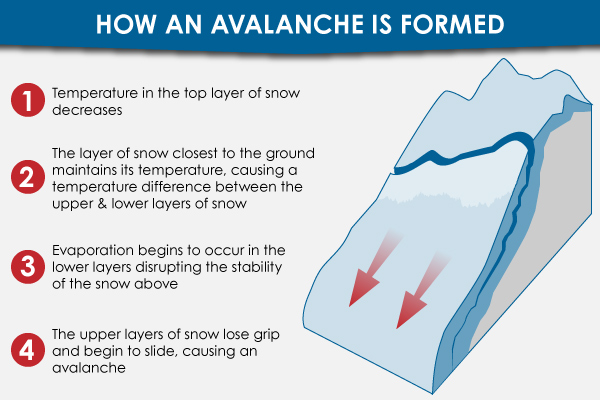 Check out our Blizzak DM-V2 winter tire for a closer look at how this tire provides confident driving in snow and icy conditions.
Check out our Blizzak DM-V2 winter tire for a closer look at how this tire provides confident driving in snow and icy conditions.
The solution to the winter or snow tires vs. all-season tires question will depend on where you live and the conditions in which you drive.
If you only see a few snow flurries each year and slick, icy roads are more of a fluke than an annual ordeal, all-season tires are probably the way to go. But if you know there’s a period when icy roads are always an issue, mounting winter tires isn’t an over-the-top precaution – it’s an essential safety measure that could save your life.
When mounting winter tires for the season, always install a full set. Just changing out the front tires increases the likelihood that the rear tires will skid. Likewise, just putting snow tires on the rear wheels could cause the front tires to lose traction and make it impossible to steer your vehicle.
And remember to re-mount those all-season tires when spring rolls around. While winter tires are undeniably superior in extreme winter conditions, they’ll wear down faster on warm, dry pavement.
While winter tires are undeniably superior in extreme winter conditions, they’ll wear down faster on warm, dry pavement.
Shop Snow or All-Season tires and view product level tire technology details that are compatible with your driving needs.
When it comes to driving in winter weather, having the right snow tires matters. Watch the video to see how Bridgestone Blizzak premium winter tires are designed to deliver optimal snow and ice performance.
FIND YOUR WINTER TIRE
There’s never a good time for a flat. That’s why Bridgestone DriveGuard tires are masterfully engineered to keep you moving for up to 50 miles at speeds up to 50 MPH without disruption.
See Details Find Your Fit
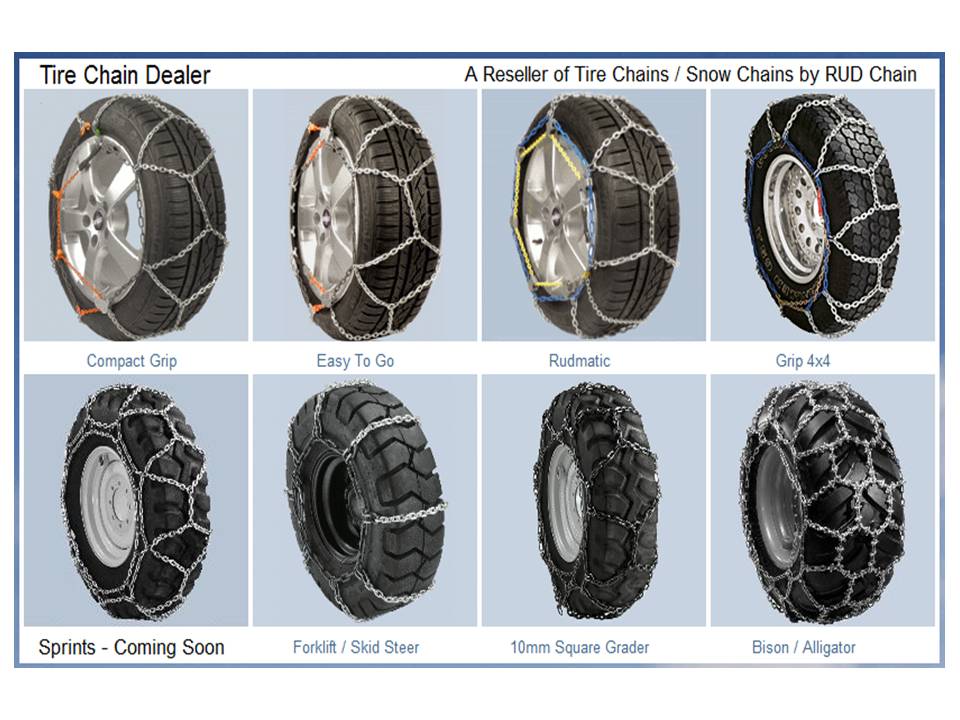
So the winter period has come in most of Russia, which has brought and brings every year on the roads of our country an increase in accidents and a decrease in the average speed of vehicles. To our regret, not all motorists change summer tires to winter tires in time with the onset of winter. Moreover, many of them are well aware that by such inaction, they, ignoring the rules of the road, deliberately violate Russian law, endangering not only their own safety, but also the safety of other road users. Such unfortunate motorists are in no hurry to change their cars and believe that in winter you can easily and safely use the same summer tires. nine0005
In our today's material, we will not once again scare all those drivers who do not change and have not yet changed summer tires to winter ones. On this occasion, our thematic resource currently has enough similar materials. And there is a lot of such information on replacing seasonal tires on the Internet itself.
Today, dear readers, we will try to tell you and explain how summer tires differ from winter tires and naturally, from a scientific point of view, we will try to tell you in detail about the main aspect of this problem, namely, what happens at the molecular level with summer tires when frost and vice versa, which can happen with winter tires at high positive positive temperatures. nine0005
We hope that our story will not seem too boring and intricate to you. For our part, we also believe that this editorial material will help convince many motorists and force them to finally stop using summer tires in the winter.
Many of our motorists assume that summer tires basically differ from winter tires only in the tread. This is partly true, but not entirely. After all, the tire tread plays an important role in gripping the road and just at different times of the year. nine0005
But you also need to know that the tread itself is not the main difference between summer and winter tires. What is most important for tires is in what temperature range they retain their effectiveness and their technical characteristics. After all, probably many of you know that summer tires usually become very stiff at low temperatures. But why is this happening, which of you gentlemen can answer ..?
What is most important for tires is in what temperature range they retain their effectiveness and their technical characteristics. After all, probably many of you know that summer tires usually become very stiff at low temperatures. But why is this happening, which of you gentlemen can answer ..?
Yes, many motorists know that all this is due to the different filling composition of rubber used in summer and winter tires. But few of you know what process actually takes place in summer tires in the cold, and even more so, few people understand what chemical process takes place in winter tires when the positive temperature rises. nine0005
We will try to explain this to you now.
To begin with, we advise you to watch the video clip of a foreign video blogger who, in a traditional manner for himself, decided to scientifically explain and show the existing difference between summer and winter tires to his subscribers:
do not know English.
Winter tires, unlike summer tires, do not lose their flexibility in cold weather, and due to the special chemical composition contained in rubber, they allow maintaining high grip on the road. Summer tires act differently, they provide optimal grip only at high temperatures. The point here is the following. At high temperatures, the rubber compound of summer tires becomes more sticky and viscous.
There are, as you know, all season tires. This is something between summer and winter tires, which also provide optimal grip on the road surface in a certain range of positive and negative temperatures. But unfortunately, there is nothing perfect in the world today. Therefore, the so-called all-season tires cannot provide the car with the maximum grip on the road at high positive plus and at too low sub-zero temperatures. nine0005
We all probably know that car tires were created on the basis of rubber. This is how it is even now in our time. The rubber itself is an amphora polymer, which, depending on the temperature, can be in three states, namely:
This is how it is even now in our time. The rubber itself is an amphora polymer, which, depending on the temperature, can be in three states, namely:
For example, at a temperature of -70 -72 degrees rubber passes from an amorphous state to a crystalline state (crystallization occurs). True, this process itself does not occur instantly, but gradually. At such a low temperature, rubber completely loses its plasticity and passes (the so-called phase transition) into a glassy mass.
The fluidity of natural rubber begins to occur at a temperature of plus 180 - 200 degrees . Thus, the higher the ambient temperature, the softer and more ductile the rubber becomes. nine0005
If you heat rubber to plus 250 degrees , then it will decompose into gaseous substances and liquid products.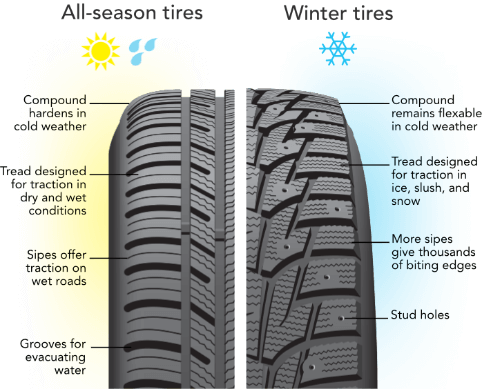
Like other polymers, rubber begins to change its chemical properties due to a phase transition to a certain temperature. True, these changes occur gradually, that is, as the temperature decreases or increases.
What is the transition temperature of rubber? The answer is that this is the temperature at which rubber molecules stop moving freely, which ultimately leads to a decrease in the energy properties of the molecules themselves. The less rubber molecules move, the less heat they radiate. nine0005
Due to the low energy properties of the molecules, the rubber composition becomes less plastic.
That is, speaking in a simple and understandable language, hardening or vitrification of the rubber begins to occur and therefore the friction between the rubber itself and the road surface decreases, which naturally leads to a decrease in the grip of the car with the road.
Here's what happens to summer tires in the cold
As you already know, there is a big difference between summer and winter tires in the chemical composition of tires.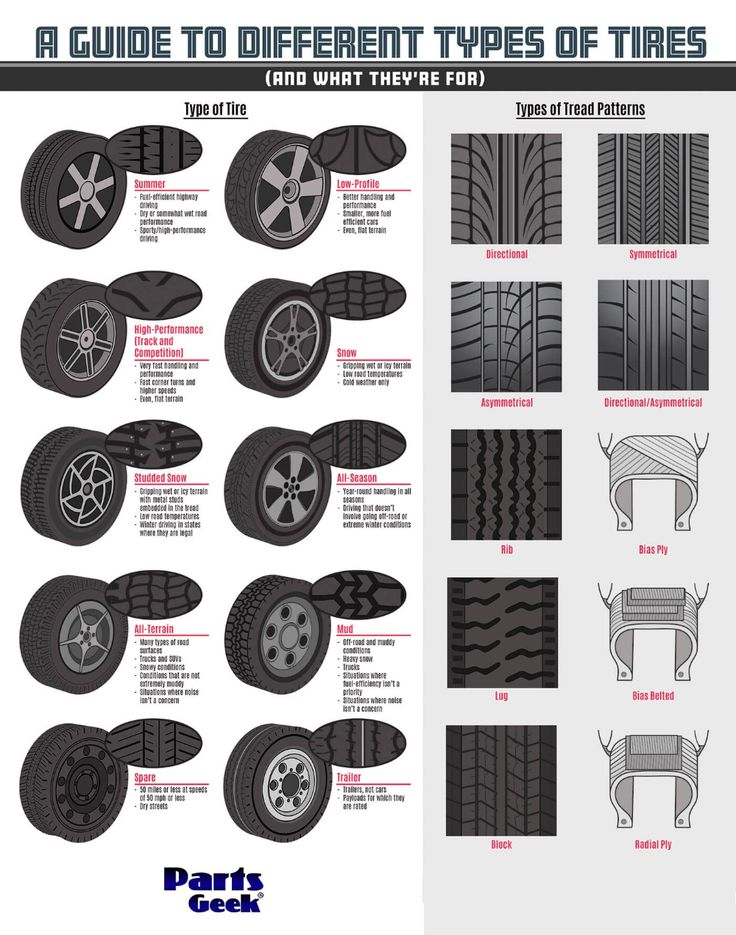 This is done on purpose so that each rubber has its own phase temperature transition.
This is done on purpose so that each rubber has its own phase temperature transition.
Summer tires have a not very low temperature threshold at which rubber molecules begin to affect its plasticity.
For example, rubber molecules in summer tires change their original properties, which affects the plasticity of tires, already at positive positive temperatures of about 4 to 7 degrees .
Accordingly, the higher the temperature, the better the grip on the road surface. As you already understood or guessed, at negative temperatures, the efficiency of summer tires will drop significantly, and this will primarily happen due to a decrease in the plasticity of rubber (the glass transition process begins in the rubber), and secondly due to a decrease in tire adhesion to the road.
Winter tires, on the contrary, have a low phase transition threshold. This allows it to maintain maximum traction (due to more friction with the road) even at very low freezing temperatures. nine0005
nine0005
Do you know, friends, that positive temperatures can also have a negative effect on rubber ..? The point is as follows - as the positive temperature increases, rubber, becoming more plastic, begins to wear out faster. This is due to the increased grip on the road. That is, at high positive temperatures, the rubber itself simply becomes sticky.
As you have already understood from what we said above, winter and summer tires have different points of temperature phase transition with an increase in positive positive temperature. For example, in winter tires, the phase temperature point, where the rubber molecules begin to move freely, is in a positive value not far from 0 degrees. nine0005
Accordingly, at a positive plus temperature outside, this winter tire becomes too sticky much earlier than the same summer tires, which have and contain a completely different polymer composition.
As a result, it turns out that at high positive temperatures, winter tires will wear out faster than summer tires.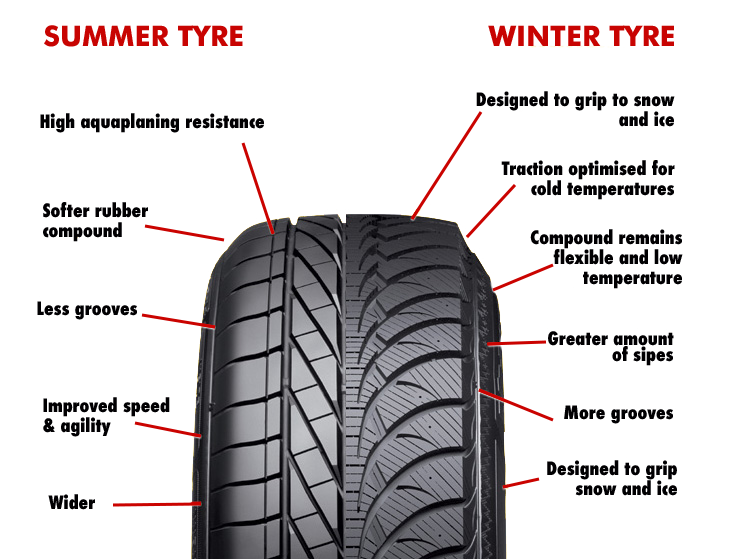
That is why it is impossible for friends to create and make universal tires that would be suitable for use in a wide range of operation, both at negative and at positive temperatures. Therefore, tire manufacturers for each season use their own chemical composition of rubber, which provides tires with optimal performance in a certain temperature range. nine0005
By the way, it should be noted that even external factors do not affect this temperature range. For example, when driving in the rain with summer tires, the temperature range for optimal tire performance generally does not change.
Also, we all know that summer tires provide better grip when driving in the rain, and all thanks to their special tread, which allows you to remove excess water (moisture) from under the wheels, which in turn protects the car from hydroplaning in such a situation. nine0005
Among other things, the tread of summer tires has a special configuration that gives the car a certain grip at speed when cornering.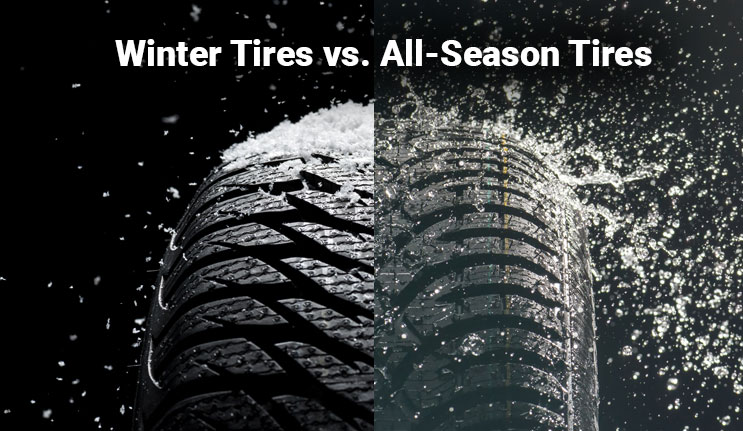
In general, the task of these summer tires is to provide the car with maximum grip on the road, both on dry pavement and on wet roads.
Unfortunately, winter tires have a different tread, which is designed specifically for driving on slippery road surfaces, on ice, and also on snow. nine0005
By the way, new winter tires have a deeper tread than the same new summer tires. This is necessary for them to more efficiently move through the snow.
Due to the depth of the tread, winter tires provide better grip on snowy surfaces when compared to summer tires, which inherently have a shallow tread unlike summer tires.
And last. Many winter tires are additionally equipped with spikes or zigzag grooves on top of the tread, this is done for better grip on ice. For example, the special tread surface of winter tires provides better grip on snow or ice. nine0005
The right choice of car wheels will allow you to move in comfort and safety. Rubber must strictly correspond to the season, road and temperature conditions. Incorrect use of wheels significantly increases the braking distance, the service life of the wheels, and the economy of movement. It is not surprising that manufacturers produce summer and winter tires, and today universal all-season tires are becoming especially popular. It is worth figuring out how to distinguish winter tires from summer tires, and for this you need to study the main characteristics of the wheels. nine0005
Rubber must strictly correspond to the season, road and temperature conditions. Incorrect use of wheels significantly increases the braking distance, the service life of the wheels, and the economy of movement. It is not surprising that manufacturers produce summer and winter tires, and today universal all-season tires are becoming especially popular. It is worth figuring out how to distinguish winter tires from summer tires, and for this you need to study the main characteristics of the wheels. nine0005
Tires for the cold season are characterized by a carved and deep tread pattern, which can look like a familiar herringbone or chaotic depressions. Lamellas or zigzag cuts on the tread are the virtues of winter tires. It is they, as well as checkers and deep grooves, that provide effective removal of snow and water, increase the coefficient of adhesion on the road. There are two main types of tread pattern for winter:
Scandinavian - the pattern is sparse, the checkers are staggered and look like rhombuses, there is a noticeable distance between the elements of the pattern; nine0005
European - the pattern is located diagonally, the network of channels is well developed, powerful lugs are located on the periphery of the tread, there are a large number of thin slots - lamellas on the surface.
Summer tires have shallow tread grooves designed to expel water, the number of sipes is kept to a minimum. There is no micro-pattern in the wheels for summer.
Spikes are another criterion of seasonality. There are no summer studded tires, and winter studding should be chosen carefully. The studs are designed for driving on ice, providing good grip where other wheels slip. They should not be located in two rows on the sides of the tires - this will not shorten the braking distance at all, and the spikes themselves will fly out after several trips. High-quality studding suggests an asymmetric or snake-like arrangement of spikes. nine0005
In addition, rubber for winter tires is softer and more elastic, it is visible to the naked eye for an experienced driver. This is easy to determine even by touch, since there is an order of magnitude more rubber in the rubber compound, which allows the tires not to freeze at low temperatures. Summer tires, on the contrary, are more elastic - there is less rubber in them, because in the heat soft tires “float” and do not hold the road. For safety reasons, summer tires are resistant to wear and high temperatures. nine0005
For safety reasons, summer tires are resistant to wear and high temperatures. nine0005
During operation, winter tires warm up and therefore do not lose their elasticity and softness. On winter snowy or icy roads, this provides maximum grip, effectively shortening the braking distance. Summer tires cool down at speed, becoming more shaped and firm.
An important quality of rubber, which makes it possible to distinguish between summer and winter tires, is the maximum permissible speed. In winter, even on the highest quality roads, it is not recommended to drive faster than 140 km / h; summer tires are more democratic in this matter. nine0005
Despite everything, even a novice driver will be able to determine the seasonality of tires by special designations used by manufacturers. The letters M + S (mud and snow), as well as W (Winter - winter) guarantee comfortable driving in snow and mud, in some cases MS is the marking of all-season tires.